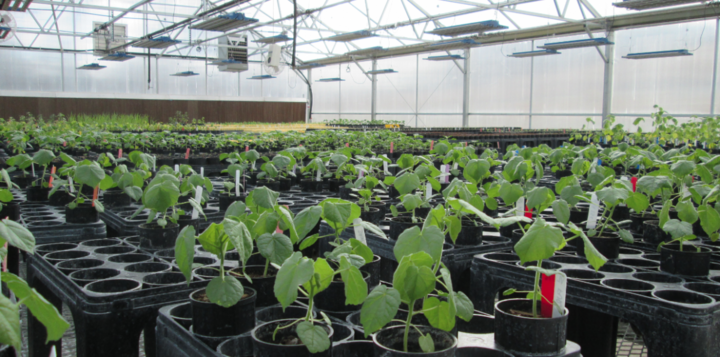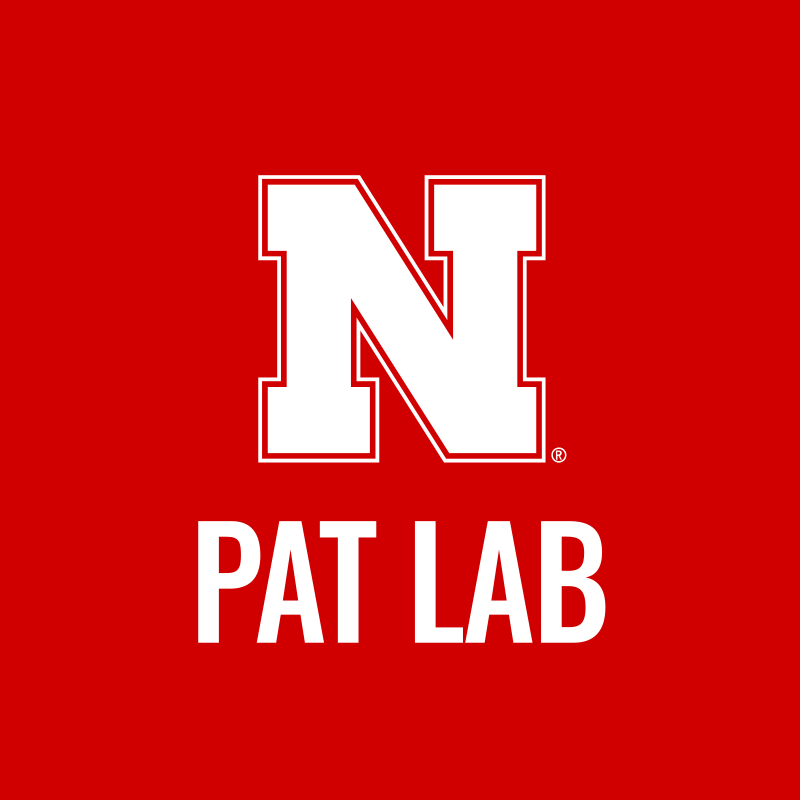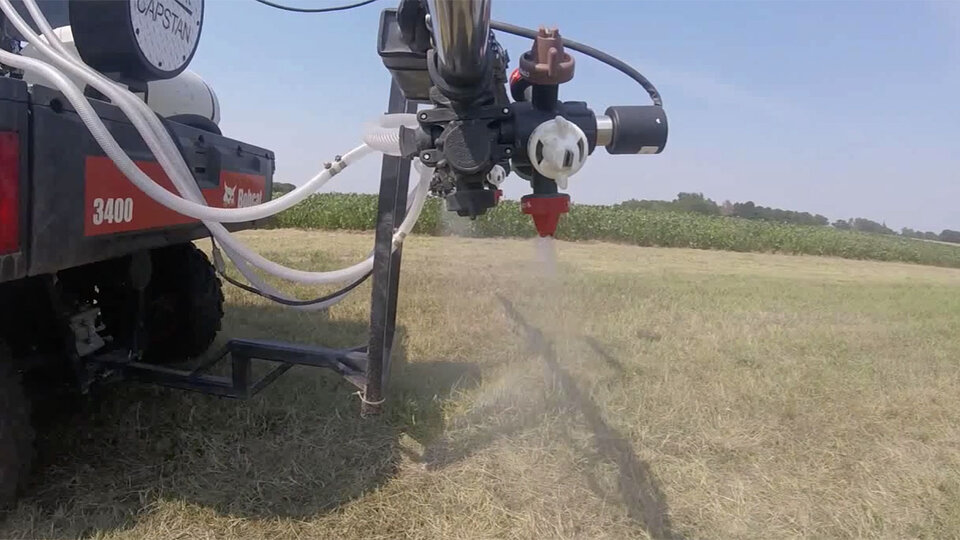Precision Pesticide Application Technology Laboratory
Established in 2012 at the West Central Research, Education, and Extension Center in North Platte, it supports the safe and efficacious application of approximately 900 million pounds of active ingredient applied annually to U.S. cropland. Through sound and scientifically proven research methods, the lab conducts a blend of laboratory, greenhouse, and field trials, focusing on pesticide drift and efficacy to maximize the benefits of pesticide applications while minimizing unintended environmental effects.
Building on over four decades of pesticide application research, the lab aims to enhance the understanding of effective pest control strategies for weeds, diseases, and insects in agricultural production systems. Research efforts are directed toward optimizing application practices using nozzle selection, spray solutions, pressure, and sprayer modification innovations. These advancements aim to maximize pesticide efficacy while reducing pesticide drift and environmental contamination.
Research Interests
The lab’s research focuses on advancing precision pesticide application technologies to improve decision-making, optimize pesticide use, and enhance crop yields while minimizing environmental impacts. This includes investigating various integrated pest management strategies to address challenges related to weeds, insects, and diseases in row and specialty crops. The evaluation of pesticide application technologies developed worldwide, and their integration into existing cropping systems is critical to this work. Research emphasizes a comprehensive approach to understanding how to deploy these technologies effectively and sustainably.
Extension Interests
The lab's extension efforts aim to enhance agricultural practices through education on emerging pest management technologies. These initiatives emphasize adopting advanced methods to improve the resilience and sustainability of cropping systems. Educational outreach includes organizing workshops, seminars, and hands-on training sessions for producers and developing accessible content on pesticides' safe and effective use. Active engagement with diverse stakeholders, including farmers, government agencies, and the pesticide industry, ensures the alignment of these programs with their needs and facilitates meaningful impact assessment.

Inside the PAT Lab Greenhouse.

